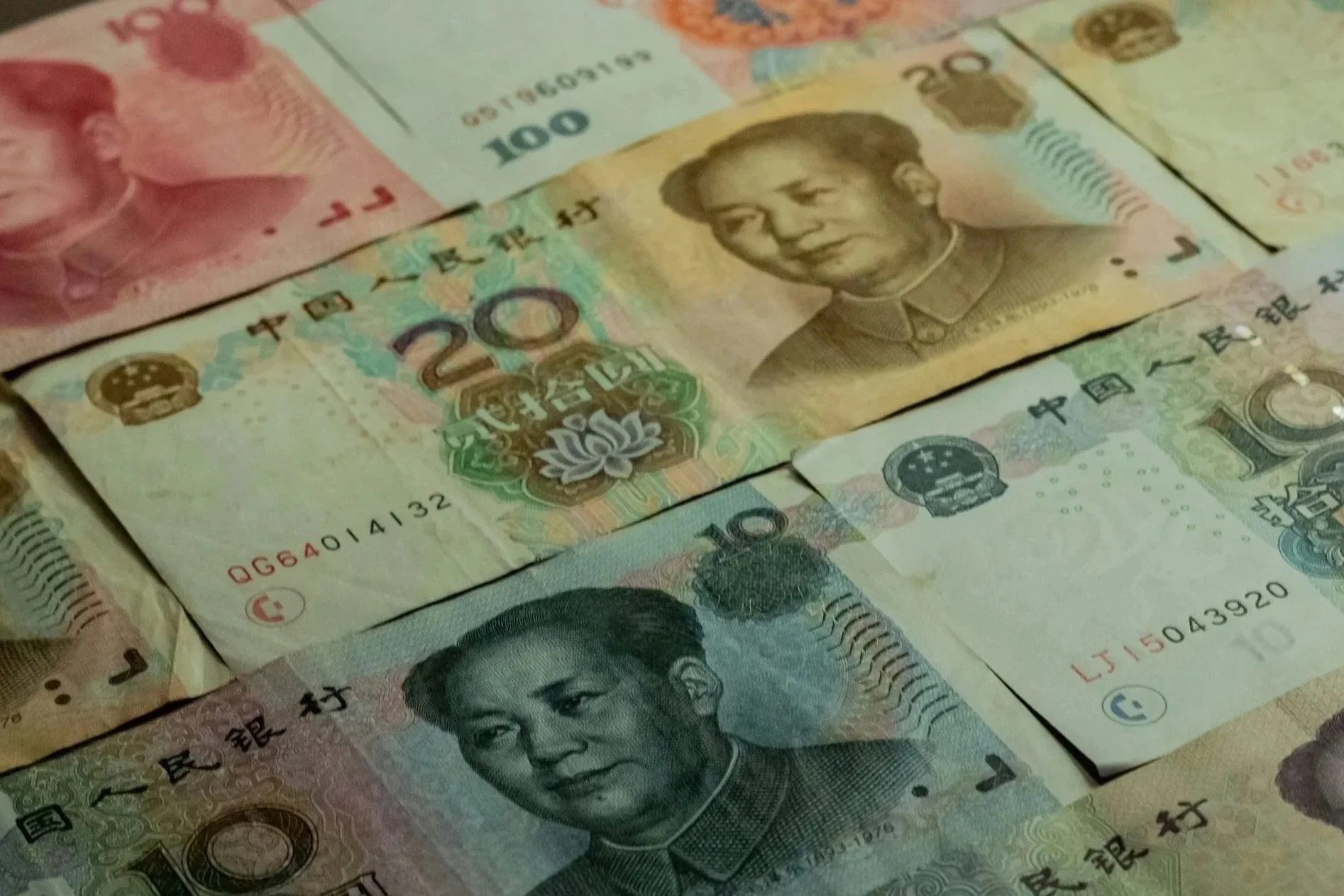Flying Money, Hidden Threat Understanding the growth of Chinese Money Laundering Organisations
November 2025
Research Paper 36
Briefing Note 38
Kathryn Westmore (RUSI)
SOC ACE project: Exploring the threat of Chinese professional money laundering
PUBLICATION SUMMARY
Chinese Money Laundering Organisations (CMLOs) have rapidly emerged as a major global illicit finance threat, offering swift, low-cost laundering services to transnational organised crime groups. Their dominance in markets like the US and their growing presence in the UK and Europe stem from their ability to blend traditional techniques with modern financial networks and emerging technologies. A key driver of their success is China’s strict capital controls, which have created demand for money transfers between China and the West.
CMLOs have stepped in to meet this demand, providing access to large volumes of Western currencies through the money that they launder for criminal groups operating in the West. CMLOs exploit the widespread Chinese diaspora and traditional Fei ch’ien remittance systems that date back to the T’ang dynasty (618 to 907 AD) to move illicit funds around the world on a vast scale. Their integration into the fentanyl trade and the rising need for sophisticated laundering services have further fuelled their expansion.
The paper first examines the structure and operations of CMLOs before moving on to describe how they have developed in the West. It then discusses them through a ‘state threats’ lens to evaluate whether they fit within this framework. In doing so, it draws on Redhead’s 2025 studies to assess how Western nations should respond. While recognising the extent and scope of the threat of CMLOs, the research does not find any evidence in the public domain to suggest that the Chinese state has been directing the operations of CMLOs operating in North America and Europe; however, it appears that there is, at least, tacit acceptance of their activities.
Kathryn describes how CMLOs thrive due to a convergence of economic restrictions, diaspora networks, and global criminal demand. While their operations may intersect with state actors, they do not appear to be orchestrated by the Chinese government. This distinction is crucial, as it opens the door to potential cooperation between China and Western governments in combating CMLO activities. She concludes by offering a nuanced understanding of possible policy responses, encouraging a strategic, collaborative approach to addressing the CMLO threat.
RELATED PUBLICATIONS
An absence of peace, a rumour of war: The problem of defining state threats
Matthew Redhead
Velvet glove, iron fist: Understanding China’s use of state threats
Matthew Redhead, (RUSI)
Old Wine, New Bottles? The Challenge of State Threats
Matthew Redhead, (RUSI)




